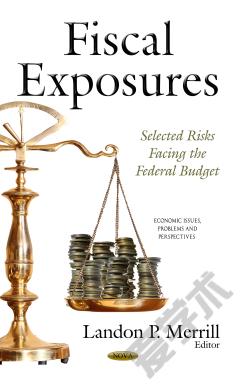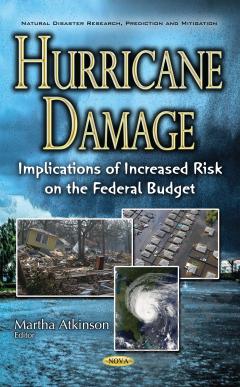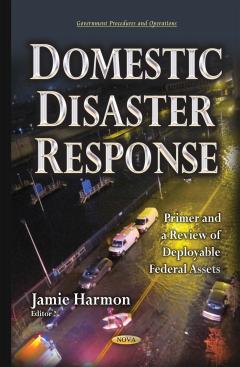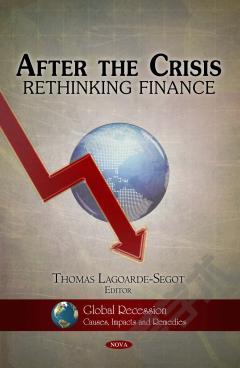Federal Interventions in Response to the Financial Crisis: A Retrospective of Costs
In August 2007, asset-backed securities (ABS), particularly those backed by subprime mortgages, suddenly became illiquid and fell sharply in value as an unprecedented housing boom turned into a housing bust. Losses on the many ABS held by financial firms depleted their capital. Uncertainty about future losses on illiquid and complex assets led to firms having reduced access to private liquidity, sometimes catastrophically. In September 2008, the financial crisis reached panic proportions, with some large financial firms failing or having the government step in to prevent their failure. Initially, the government approach was largely ad hoc, addressing the problems at individual institutions on a case-by-case basis. The panic in September 2008 convinced policy makers that a system-wide approach was needed, and Congress created the Troubled Asset Relief Program (TARP) in October 2008. In addition to TARP, the Treasury, Federal Reserve (Fed) and Federal Deposit Insurance Corporation (FDIC) implemented broad lending and guarantee programs. The primary goal of the various interventions was to end the financial panic and restore normalcy to financial markets, rather than to make a profit for taxpayers. This book presents how much the programs ultimately cost (or benefited) the taxpayers based on straightforward cash accounting as reported by the various agencies. This book describes the various actions by the Federal Reserve to stabilize the financial markets and how those actions are likely to affect the federal budget in coming years. The book also presents estimates of the risk-adjusted (or fair-value) subsidies that the Federal Reserve provided to financial institutions through its emergency programs.
{{comment.content}}








 京公网安备 11010802027623号
京公网安备 11010802027623号